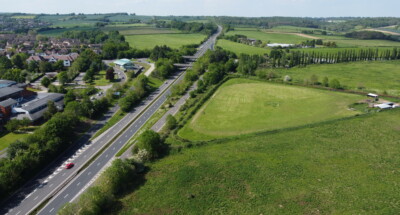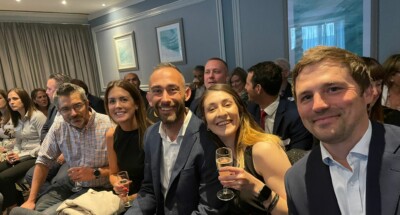DB Marine Case Study
We recently took on a project that was a first for our team...
We recently took on a project that was a first for our team and became a topic of interesting discussion and debate within our office.
This project involved a planning application for the ‘replacement and extension of a floating pontoon mooring site on the River Thames’ and following this, an application for the discharge of a pre-commencement condition requiring the provision of a Construction Environmental Management Plan (‘CEMP’). The team discussions on this initially centred on the definition of development and whether the replacement of a floating structure would constitute development at all. After input from the whole team, a consensus was reached that permission would be needed for this work, even if only as a ‘dot the Is and cross the Ts’ exercise, as often is the way in the world of planning!
The initial application involved a lot of debate around the idea that this work was essential in the interest of safety as it involved the replacement of the existing moorings which had been in place for over 40 years and were rapidly deteriorating. The application also highlighted the floating nature of the pontoons and that although the proposed works were in Flood Zone 3, as one might expect in the middle of the Thames, they would rise and fall with the water level and would therefore have absolutely no detrimental impact on flooding. The Environment Agency were consulted on this application, and we became another victim of their high influx of work and their resultant increased timescales.

Despite initial hurdles, permission was eventually granted, albeit with a pre-commencement condition mandating the provision of a CEMP. Working with the Consultant team, the CEMP was prepared along with a diving project plan and submitted to the Council and EA within a few days of receipt of the decision from the LPA. However, the Environment Agency needed to be consulted again and we had now fallen to the bottom of the list. At this point, timescales on our end had started to become pressing as we had to avoid clashes with planned works on the adjacent bridge, avoid an imminent fish-breeding season, and, from a business perspective for our client, it was vital that these moorings were replaced and the new ones functional before the busy summer season. After explaining our predicament to both our Case Officer and our contact at the EA, they were able to prioritise our application and we received a decision within a few days of our determination deadline.
In conclusion, our foray into moorings on the Thames proved to be an interesting journey marked by lively debates and regulatory hurdles. Despite the challenges, we secured permission and discharged the pre-commencement condition, ensuring safer access for watercraft and allowing for timely completion before the bustling summer season. The process highlighted the need for constant communication and engagement between us, the LPA and EA. The positive and effective communication was the difference between our client being able to implement their permission at the correct time versus losing a full summer season of trade.

Written by Beth







